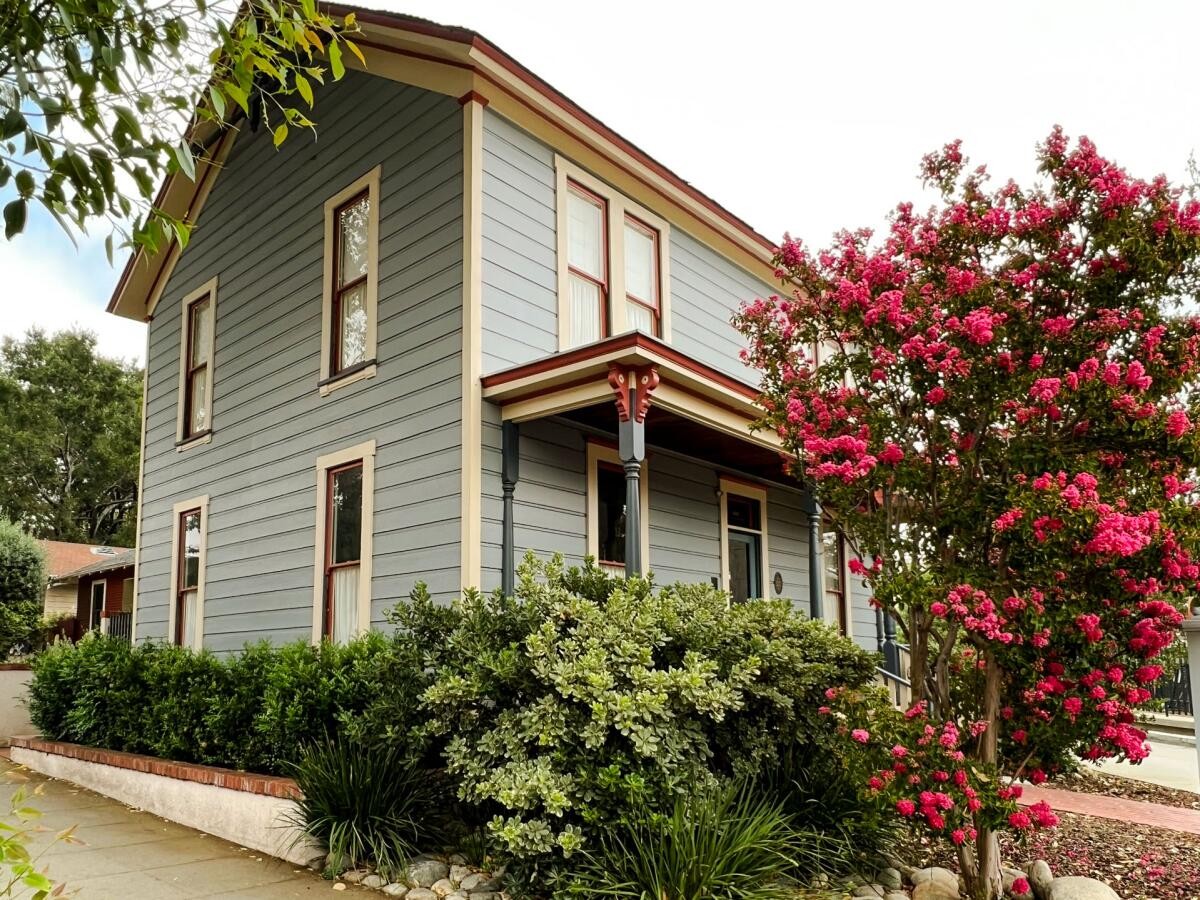
As the Halloween season descends upon us, horror film enthusiasts are dusting off their favorite scary movies. Many may not realize that California has long been a preferred setting for some of the most iconic horror films in cinematic history.
Suburban Terrors
The quiet streets of South Pasadena in the San Gabriel Valley became the fictional town of Haddonfield, Illinois, in John Carpenter's groundbreaking slasher film "Halloween." The childhood home of the infamous Michael Myers still stands as a city landmark, drawing tourists year-round.
Coastal Frights
Alfred Hitchcock's "The Birds" transformed the picturesque Bodega Bay in Sonoma County into a nightmare scenario. The schoolhouse where Tippi Hedren and a group of children sought refuge from murderous crows remains a chilling reminder of the film's impact.
Further down the coast, the Santa Cruz Boardwalk has served as a backdrop for multiple horror films. It featured prominently in the vampire cult classic "The Lost Boys" and more recently in Jordan Peele's doppelganger thriller "Us."
Desert Horrors
California's vast deserts have provided the perfect isolated setting for many horror films. The Victorville area stood in for a desolate wasteland in the brutal "The Hills Have Eyes," while Olancha, near Death Valley, became home to the giant worms of "Tremors."
Suburban Nightmares
Simi Valley's tract homes became the stuff of nightmares in "Poltergeist," where a seemingly ordinary house harbored malevolent spirits.
Recent Additions
Jordan Peele's "Nope" utilized the wide-open spaces of Agua Dulce to stage an epic confrontation with an otherworldly threat, proving that California continues to be a go-to location for innovative horror filmmakers.
From coastal towns to suburban neighborhoods and desolate deserts, California's diverse landscapes have provided the perfect canvas for filmmakers to paint their terrifying visions. As Halloween approaches, perhaps it's time to revisit these classic films and appreciate the Golden State's contribution to the horror genre.